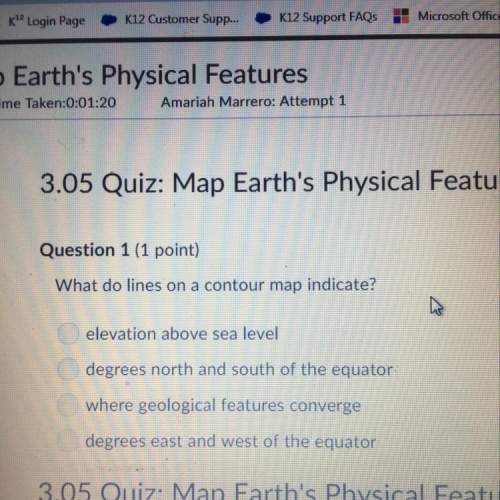Problem #1:
In the reaction:
a. Balance the equation: BaCl2 + Fe(NO3
)3 → Ba(NO3...

Problem #1:
In the reaction:
a. Balance the equation: BaCl2 + Fe(NO3
)3 → Ba(NO3
)2 + FeCl3
b. If 46.3 g of barium chloride reacts with 63.1 g of iron (III) nitrate, how many g of iron (III) chloride are produced?
c. What is the limiting reactant?
d. If 46.3 g of barium chloride reacts with 63.1 g of iron (III) nitrate. How much excess reactant will be left over?

Answers: 1
Other questions on the subject: Chemistry


Chemistry, 22.06.2019 03:30, ruleolivas
Asample of ammonia reacts with oxygen as shown. 4nh3(g) + 5o2(g) 4no(g) + 6h2o(g) what is the limiting reactant if 4.0 g of nh3 react with 8.0 g of oxygen? o2 because it produces only 0.20 mol of no. nh3 because it produces only 0.20 mol of no. o2 because it produces two times less no than nh3. nh3 because it produces three times more no than o2.
Answers: 3


Chemistry, 22.06.2019 12:30, americanbellabeauty
Acontrol during an experiment. might change remains constant does not exist does change
Answers: 1
Do you know the correct answer?
Questions in other subjects:

English, 26.01.2021 21:40


Mathematics, 26.01.2021 21:40


Mathematics, 26.01.2021 21:40

Mathematics, 26.01.2021 21:40



Mathematics, 26.01.2021 21:40

English, 26.01.2021 21:40








